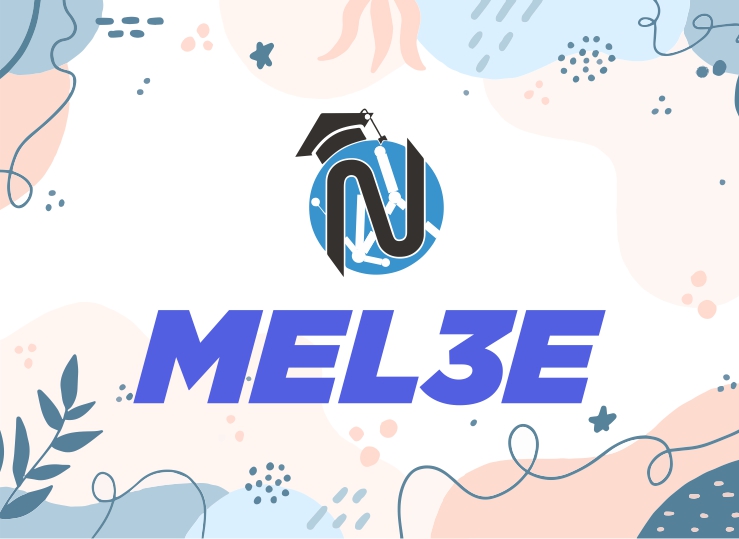
Workplace (MEL3E)
Course Description
This course enables students to broaden their understanding ofmathematics as it is applied in importantareas of day-to-day living. Students will solve problems associated with earning money, paying taxes, and making purchases; apply calculations of simple and compound interestin saving, investing, andborrowing; and calculate the costs of transportation and travel in a variety of situations. Student will consolidate their mathematical skills as they solve problems and communicate their thinking.
For Ministry Guideline Click Here
| Units | Descriptions | Length (Approximately) |
|---|---|---|
| 1. | Earning, Paying Taxes, and Purchasing • Interpret information about different types of remuneration, and solve problems and make decisions involving different remuneration methods; • Demonstrate an understanding of payroll deductions and their impact on purchasing power; • Demonstrate an understanding of the factors and methods involved in making and justifying informed purchasing decisions. |
35 hours |
| 2. | Saving, Investing, and Borrowing • Describe and compare services available from financial institutions; • Demonstrate an understanding of simple and compound interest, and solve problems involving related applications; • Interpret information about different ways of borrowing and their associated costs, and make and justify informed borrowing decisions |
30 hours |
| 3. | Transportation and Travel Interpret information about owning and operating a vehicle, and solve problems involving the associated costs; • Plan and justify a route for a trip by automobile, and solve problems involving the associated costs; • Interpret information about different modes of transportation, and solve related problems |
35 hours |
| The final assessment task is to provide students to do Exam Review (4 Hrs) +Formative Exam (2 Hrs) +Culminating Task (2 Hrs) + Final Exam (2 Hrs) | 10 hours | |
| Total | 110 hours | |
Overall Curriculum Expectations
By the end of this course, students will:
- Interpret information about different types of remuneration, and solve problems and make decisions involving different remuneration methods
- Demonstrate an understanding of payroll deductions and their impact on purchasing power
- Demonstrate an understanding of the factors and methods involved in making and justifying informed purchasing decisions
By the end of this course, students will:
- Describe and compare services available from financial institutions.
- Demonstrate an understanding of simple and compound interest, and solve problems involving related applications
- Interpret information about different modes of transportation and solve related problems.
By the end of this course, students will:
- Interpret information about owning and operating vehicle, and solve problems involving the associated costs
- Plan and justify route for a trip by automobile, and solve problems involving the associated costs;
- Interpret information about different modes of transportation and solve related problems.
Assessment & Evaluation of student performance
Formative assessments are learning practices that provide important feedback to student progress. Examples include homework and quizzes.
Summative assessments form a foundation for final mark allotment at the end of the unit, term and final evaluation.
An achievement chart will be given to students at regular intervals and the purpose of the charts is to provide feedback to students in relation to content and performance strands.
| Knowledge and understanding | Communication | Thinking Inquiry and Problem solving | Application |
|---|---|---|---|
| 25% | 25% | 25% | 25% |
Unit Tests, Written assignments, presentations, Classroom Observations and Classroom conversations.










